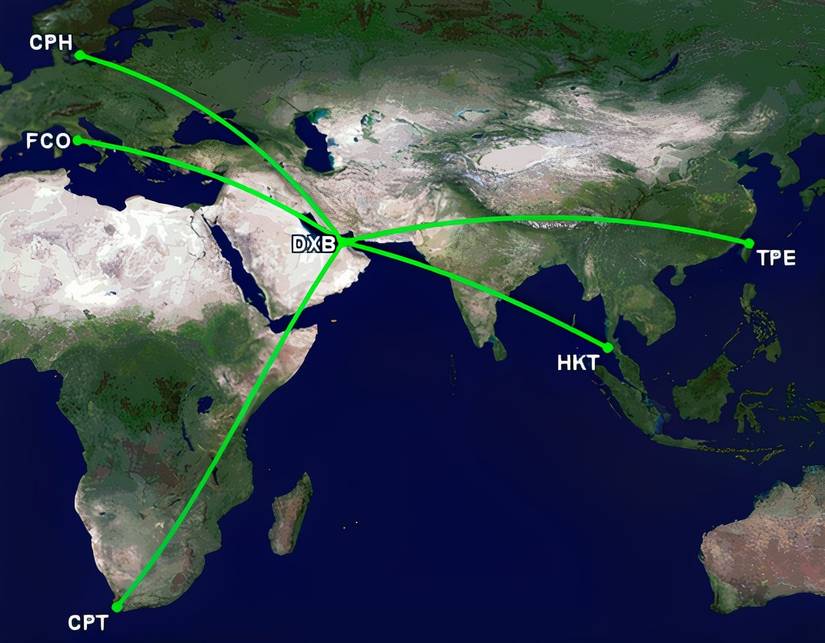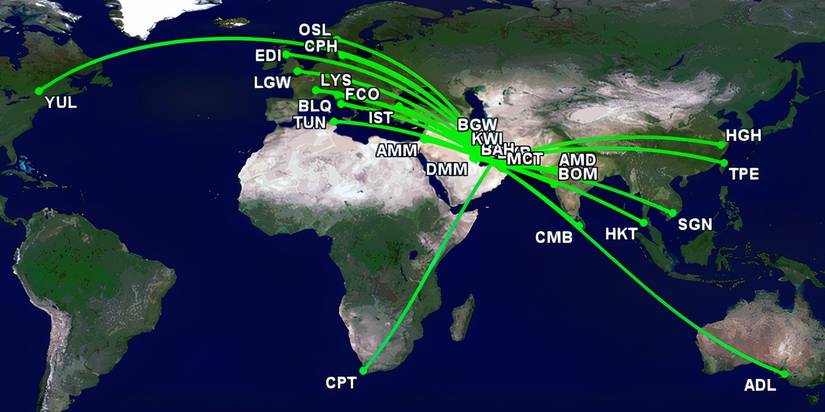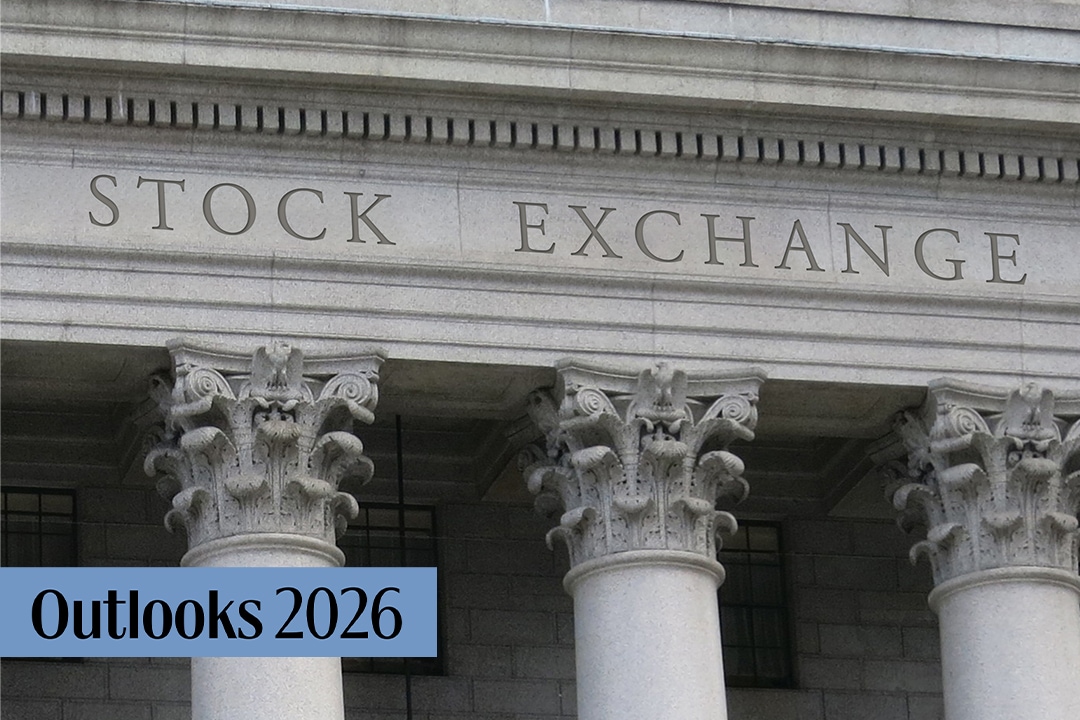Kettering University and the Michigan Economic Development Corp. (MEDC) have named 19 Kettering students to represent the University’s latest class of Michigander Scholars. The innovative Michigander Scholars program offers scholarships of $5,000 and up to $10,000 to qualifying scholars who complete a Co-op (or internship) and/or accept a full-time position as a computer, electrical, or process engineer, or as a software developer (or a similar job title) with a participating company.
Employers such as Ford, GM, BorgWarner, Bosch, Hemlock Semiconductor, Magna, Mahle, Nissan, Our Next Energy Inc., and ZF are investing in this growing talent pipeline to ensure a steady flow of skilled professionals ready to contribute to next-generation mobility, energy, and manufacturing sectors.
The Michigander Scholars program strengthens Michigan’s innovation ecosystem by connecting high-achieving students in tech and engineering with the state’s leading employers. Through career mentorship, industry engagement, and paid experiential learning, including Kettering University’s signature Co-op program, the initiative fosters early and ongoing relationships between students and companies that shape Michigan’s future economy.
The first of its kind in the United States, this program represents an unprecedented public-private partnership with some of Michigan’s leading advanced manufacturing employers and universities. This MEDC initiative is a vital talent retention strategy that fills in-demand jobs in the semiconductor and electric vehicle industries, which are essential to Michigan’s economic growth.
This class of Michigander Scholars includes:
FORD MOTOR COMPANY
- Leonardo Durasevic, Chesterfield, Dakota High School, Class of 2028, Mechanical Engineering
- Yusef El-Sheikh, Canton, Plymouth High School, Class of 2028, Electrical Engineering
- Sumukh Kallur, Novi, Novi High School, Class of 2028, Mechanical Engineering
- Briana Lapuz, Farmington Hills, Mercy High School, Class of 2027, Electrical Engineering
- Josiah Thompson, Macomb Township, Parkway Christian School, Class of 2028, Computer Science
- Brandon White, Livonia, Churchill High School, Class of 2029, Electrical Engineering
GENERAL MOTORS
- Jordan Ceperov, Saline, Saline High School, Class of 2028, Mechanical Engineering
- Paul Ibegbu, Canton, Divine Child High School, Class of 2028, Computer Engineering
- Alyssa Shelton, Fenton, Hartland High School, Class of 2026, Mechanical Engineering*
- Ashmit Swarnkar, Novi, Detroit Catholic Central High School, Class of 2027, Mechanical Engineering
- Evan Thompson, Highland, Milford High School, Class of 2028, Computer Science
- Aaliyah Washington, Lansing, Waverly High School, Class of 2027, Industrial Engineering
- Alexander Yolles, Fair Lawn, New Jersey, Fair Lawn High School, Class of 2024, Electrical Engineering*
HEMLOCK SEMICONDUCTOR
- Elijah Rowland, Owosso, Flushing High School, Class of 2027, Mechanical Engineering
MAGNA
- Maddison Bourbeau, Grand Blanc, Grand Blanc High School, Class of 2027, Mechanical Engineering
- Kianna Lucas, Spring, Texas, Class of 2026, Engineering
- Giuseppe Waller, Ypsilanti, Plymouth Christian Academy, Class of 2028, Mechanical Engineering
MAHLE
- Andrew Johnson, Columbiaville, Lapeer High School, Class of 2027, Mechanical Engineering
MOBIS
- Aidan Petras, Sterling Heights, Stevenson High School, Class of 2026, Computer Engineering
* Student was awarded a $10,000 full-time scholarship and will complete a Co-op (or internship) and/or accept a full-time position as a computer, electrical, or process engineer, or as a software developer (or a similar job title) with a participating company.




 Dubai.
Dubai.


